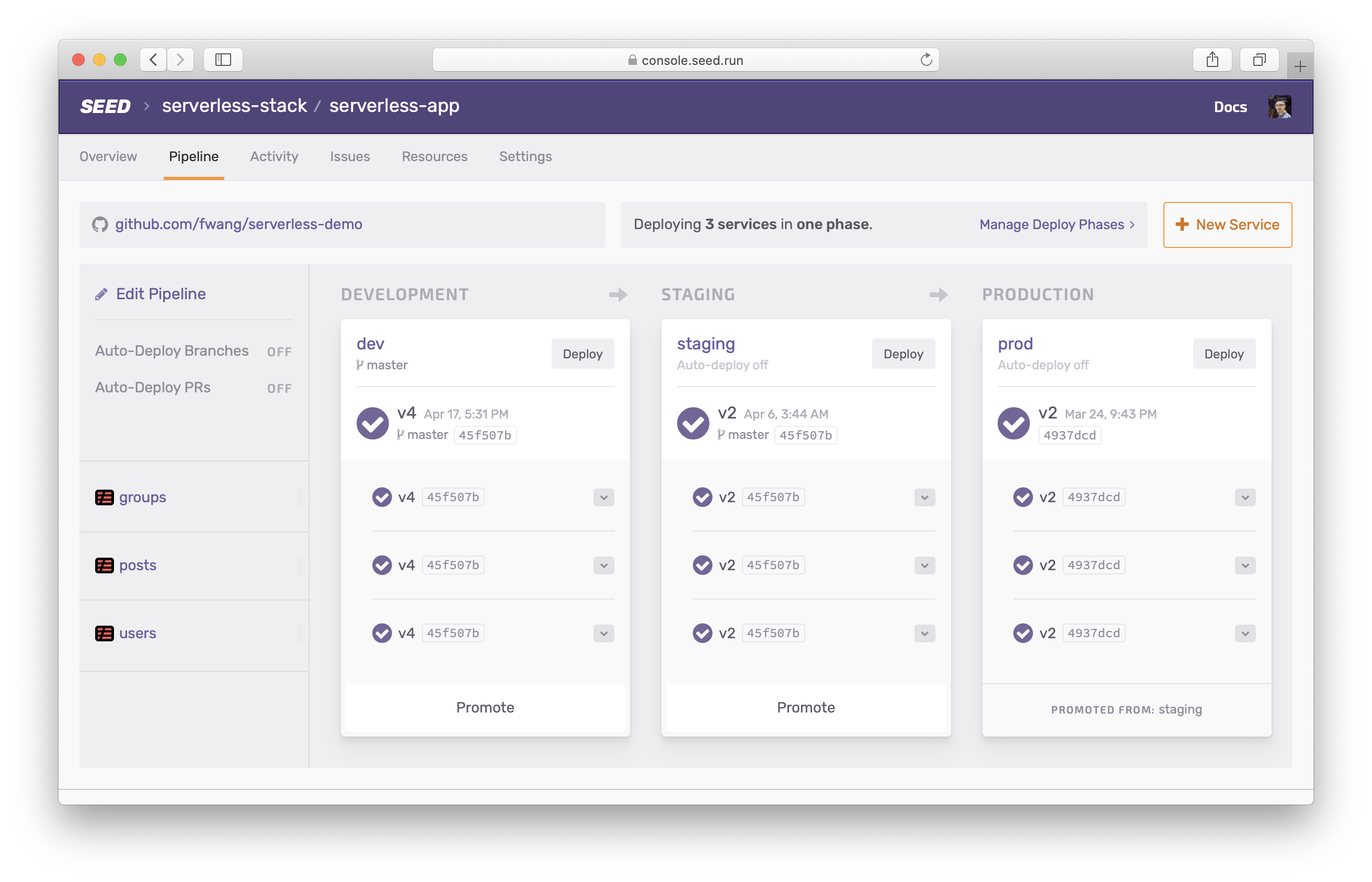

- EDGE PIPELINE APP INSTALL
- EDGE PIPELINE APP CODE
- EDGE PIPELINE APP FREE
Walk through the steps of the wizard by first selecting GitHub as the location of your source code. Go to Pipelines, and then select New Pipeline. Sign in to your Azure DevOps organization and navigate to your project. Learn more about Azure Pipelines ecosystem support. You can adapt the instructions for other frameworks.
EDGE PIPELINE APP CODE
The code examples in this section assume you are deploying an ASP.NET web app.
Python: Create a Python app in Azure App Service. Java: Create a Java app on Azure App Service. JavaScript: Create a Node.js web app in Azure App Service. ASP.NET: Create an ASP.NET Framework web app in Azure. NET: Create an ASP.NET Core web app in Azure A working Azure App Service app with code hosted on GitHub or Azure Repos. EDGE PIPELINE APP FREE
You can either purchase a parallel job or you can request a free tier.
An ability to run pipelines on Microsoft-hosted agents. An Azure account with an active subscription. For more complicated scenarios such as needing to use XML parameters in your deploy, you can use the Azure App Service Deploy task. You'll use the Azure Web App task to deploy to Azure App Service in your pipeline. Learn about the key concepts and components that make up a pipeline. A step is the smallest building block of a pipeline and can be a script or task (pre-packaged script). YAML pipelines are defined using a YAML file in your repository. Azure Pipelines lets you build, test, and deploy with continuous integration (CI) and continuous delivery (CD) using Azure DevOps. Use Azure Pipelines to automatically deploy your web app to Azure App Service on every successful build. In order to enable the standalone feature, add the following additional property to your : module.Azure DevOps Services | Azure DevOps Server 2020 | Azure DevOps Server 2019 This folder is meant to deploy on its own without additional node_modules dependencies. Output File Tracing creates a compressed version of the whole application with necessary package dependencies built into a folder named. When your application size exceeds 100Mb, the Next.js Output File Tracing feature helps optimize the app size and enhance performance. The result from the API route will be displayed on the page. Refer to the standalone section for more information. This step reduces the size of your Next.js project to ensure it's below the size limits for Static Web Apps. To configure your Next.js app for deployment to Static Web Apps, enable the standalone feature for your Next.js project. Stop the development server by pressing CMD/CTRL + C.Ĭonfigure your Next.js app for deployment to Static Web Apps Navigate to to open the app, where you should see the following website open in your browser: Start Next.js app in development: npm run dev Navigate to the folder containing the new app: cd nextjs-app When prompted for an app name, enter nextjs-app. EDGE PIPELINE APP INSTALL
If you are prompted to install create-next-app, say yes. Initialize the application using npm init. Set up a Next.js appīegin by initializing a new Next.js application. If this is not sufficient, consider using Static HTML exported Next.js if your app size requirement is more than 100 MB. Use standalone feature by Next.js for optimized app sizes. The maximum app size for the hybrid Next.js application is 100 MB. Incremental static regeneration (ISR) does not support caching images and on-demand revalidation.
 skip_app_build and skip_api_build can't be used. Features such as custom headers and routing can be controlled using the file. Instead, you can use the Next.js Authentication feature. Static Web Apps provided Authentication and Authorization. APIs using Azure Functions, Azure AppService, Azure Container Apps or Azure API Management. Refer to the Next.js Getting Started guide for details.ĭuring the preview, the following features of Static Web Apps are unsupported for Next.js with server-side rendering: In this tutorial, you learn to deploy a Next.js website to Azure Static Web Apps, leveraging the support for Next.js features such as Server-Side Rendering (SSR) and API routes.
skip_app_build and skip_api_build can't be used. Features such as custom headers and routing can be controlled using the file. Instead, you can use the Next.js Authentication feature. Static Web Apps provided Authentication and Authorization. APIs using Azure Functions, Azure AppService, Azure Container Apps or Azure API Management. Refer to the Next.js Getting Started guide for details.ĭuring the preview, the following features of Static Web Apps are unsupported for Next.js with server-side rendering: In this tutorial, you learn to deploy a Next.js website to Azure Static Web Apps, leveraging the support for Next.js features such as Server-Side Rendering (SSR) and API routes.






 0 kommentar(er)
0 kommentar(er)
